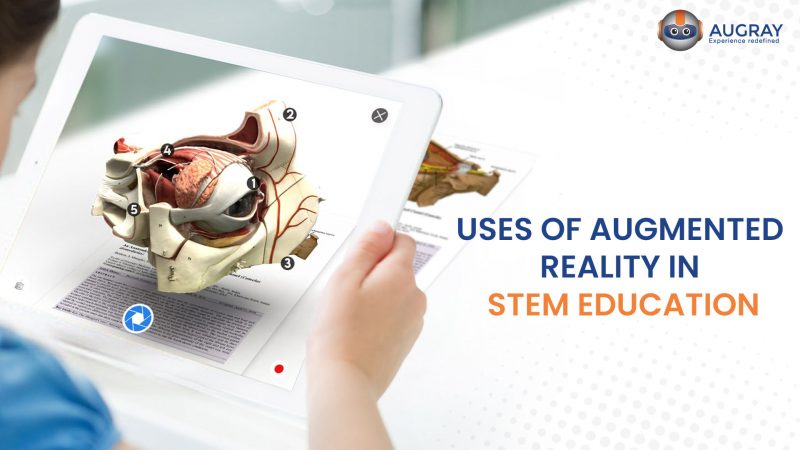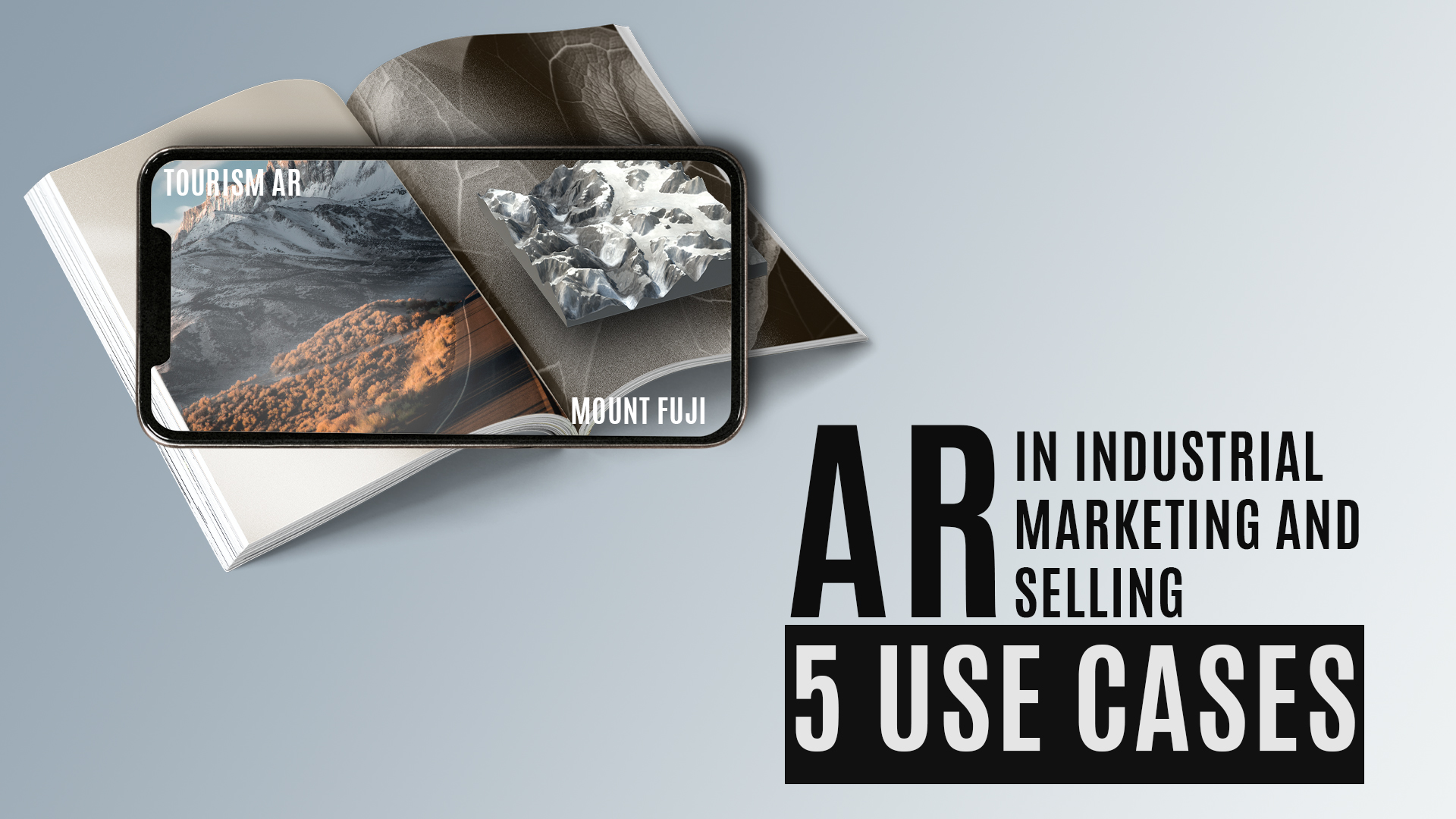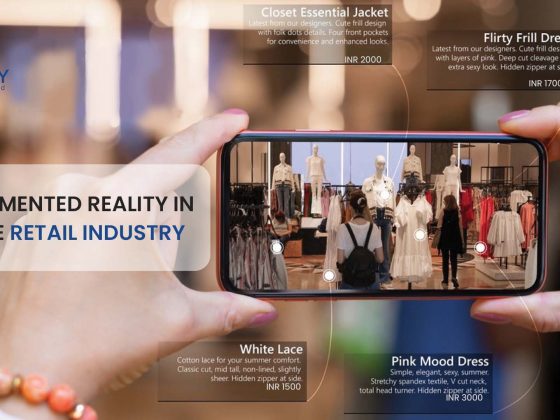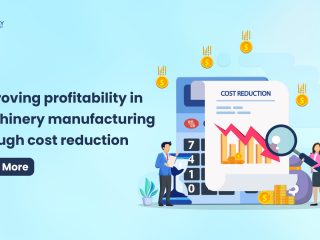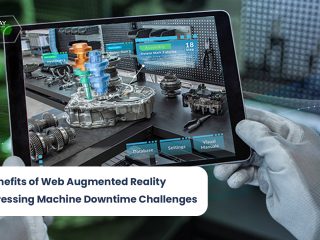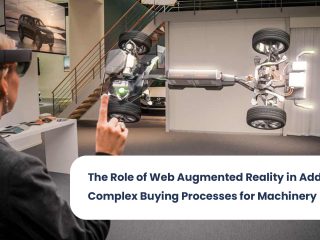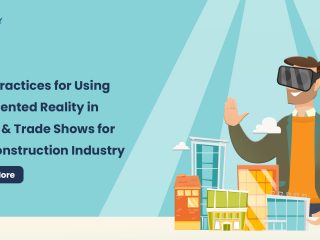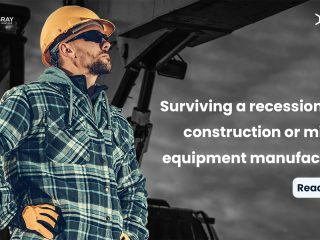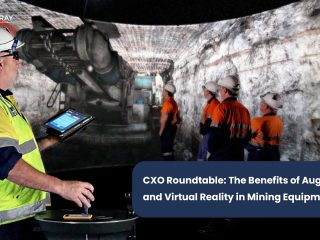Augmented Reality in education focuses on engaging, Immersive Training and practical knowledge rather than just theoretical study. Traditional educational methods are being driven by many technological advancements, these outdated methods will gradually be eliminated.
AR is being implemented in all sections of the education industry from elementary school to STEM related programs.
The Global AR industry in the education sector is expected to grow to CAGR (compound annual growth rate) 64.5%.
The market’s expansion is mainly due to businesses starting up again and adjusting to the new normal as they recover from the COVID-19 impact, which had previously resulted in restrictive containment measures like social isolation, remote work, and the closure of commercial activities that created operational difficulties.
AR technology is transforming challenging subjects like Science and Engineering by giving students practical knowledge and an immersive learning experience which boosts their enthusiasm.
Augmented Reality in Science
AR technology and application gives a fresh perspective on experimental activities performed in the lab, which play a significant role in Science education.
Usually, students can learn about the structures and features of a chemical element using visual gadgets such as videos, pictures, animation but the capacity to examine these visual tools are limited.
With AR, it is possible to compare each element’s physical structure to others, view it in 3-D, and follow the information displayed on the mobile screen. Through a deep connection between technology and learning, augmented reality (AR) offers a unique path of knowledge.
Augmented Reality in Engineering
There are many uses of augmented reality in engineering as it is very effective, one of the main being to boost students’ enthusiasm in this field.
An engineer or designer may use augmented reality (AR) to create a product in the right setting and also learn about the restrictions and other difficulties they might face.
Additionally, it could inspire an engineering student to include aesthetics in their plan so that the finished product would have a nice appearance.
Sometimes they may have to make improvements to a system or component that already exists, but they lack the original element models or blueprints.
The existing item can be designed by an engineer using AR while taking into account the size, shape, and existing features.
There is clear proof of a positive use and influence of Augmented Reality in Education which has been proved by a study conducted by Martin-Gutierrez.
The analysis found that students studying engineering produced better academic results and were much more motivated by integrating the newest version of technical tools into the learning process.
CONCLUSION
The most significant contribution AR brings into the learning process is the new experience. Learning can be done effectively using inventive components that are provided by AR technology. The next phase of schooling is Augmented Reality.
